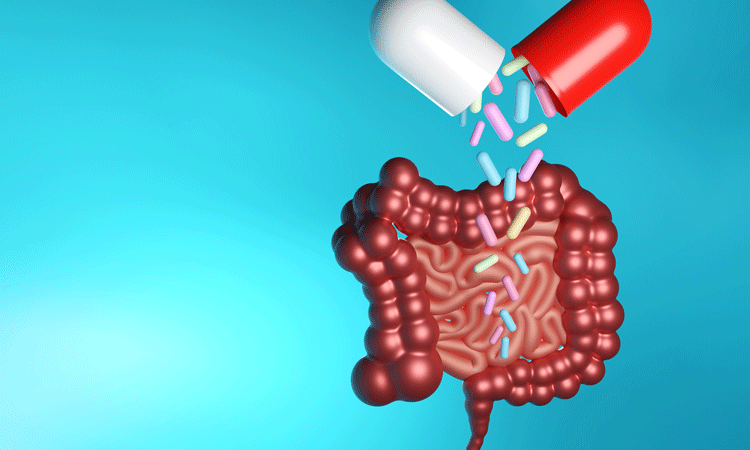Novel material ensures safe passage of drugs to the intestine
Posted: 29 April 2022 | Mandy Parrett (European Pharmaceutical Review) | No comments yet
Scientists have developed a novel encapsulating material called pZC that affords therapeutics safe delivery to the intestines and could open up numerous avenues for more precise delivery of medicines.


The substance, which the researchers have called a foundational technology, is a new class of material called a polyzwitterionic complex, or ‘pZC’, and is capable of withstanding the highly acidic conditions in the stomach, while dissolving in the comparatively gentle environment of the intestines.
This feature of the complex caters directly to the need for a delivery mechanism that bypasses the stomach, wherein a high degree of nutrients and therapeutics often disintegrate, instead transporting drugs or other compounds directly to the intestines for absorption into the bloodstream.
The team of researchers at the University of Massachusetts Amherst noted that this property means that pZCs could help revolutionise the delivery of many varieties of medicines, from familiar oral antibiotics to new classes of delicate protein therapeutics.
Commenting on the benefits of their discovery, lead study author Khatcher Margossian, a candidate for a dual MD/PhD from Rush Medical College and the UMass Amherst Department of Polymer Science and Engineering, explained: “Despite the common experience of swallowing medications orally, there is a huge number of therapies that are not available orally.” This is because many drugs cannot withstand the stomach’s harshly acidic environment. Common solutions to this problem are to either inject or implant medications; but both options can present problems that make patients unwilling to complete full courses of treatment.
Furthermore, of the drugs that are capable of oral administration, many fail to make it through to the intestine entirely intact. “The doses of oral medications are usually larger than what our body really needs,” revealed Murugappan Muthukumar, the Wilmer D. Barrett Professor in Polymer Science and Engineering at UMass Amherst and the study’s senior author. “This is because some of the medication decomposes in the stomach.”
The study thus focused on finding a means of protecting the therapeutic agents when in the stomach, while letting them loose in the intestines.
The resulting pZC, which forms through a process known as complex coacervation, uses two types of charged polymers: a polyzwitterion and a polyelectrolyte, which associate to form a protective droplet that encapsulates the medication. The key feature of the pZC is that it’s strong enough to withstand the highly acidic stomach environment, yet reliably disassembles in the gentle neutral conditions of the small intestine.
You may also like:
Particle characterisation in drug delivery
Stem cell nano drug delivery applications to treat diabetes
Preparing biocompatible materials for non-permanent medical devices
In a somewhat counterintuitive move, the researchers found that weakening the bonds between the polyzwitterion and polyelectrolyte achieved this functionality. “Weakening the association between the two materials,” stated Muthukumar, “allows us to control precisely when they come apart. If the bonds are too strong, then there’s no room to play.”
The group’s research is driven by the real-life needs of medical practitioners. Not only will these materials allow clinicians to more efficiently deliver the right dosages of drugs, but they will vastly increase the number of medications that can be taken orally. “This is a foundational technology that can alter how we treat disease,” noted Margossian. “We hope that our work will make its way into clinicians’ hands and help them save lives.”
This research was supported by the National Science Foundation and the Air Force Office of Scientific Research and the study was published in Nature Communications.
Related topics
Drug Delivery Systems, polymers, Research & Development (R&D), Technology









